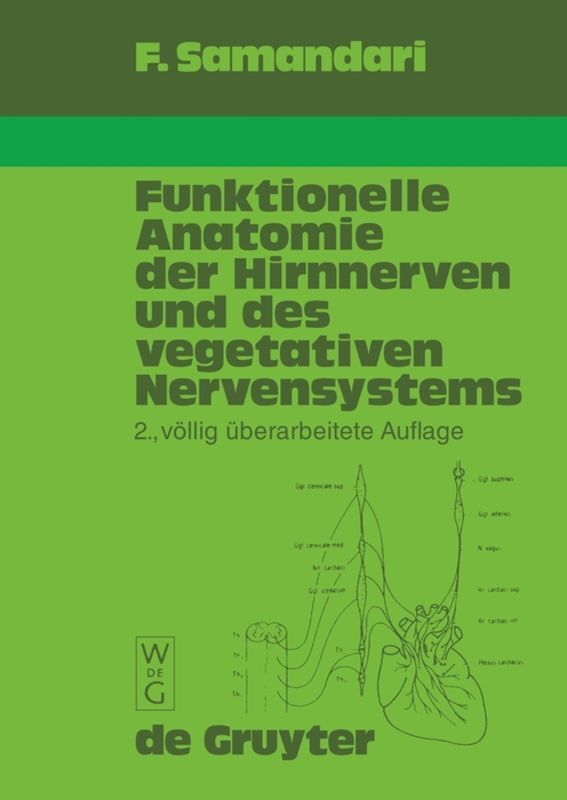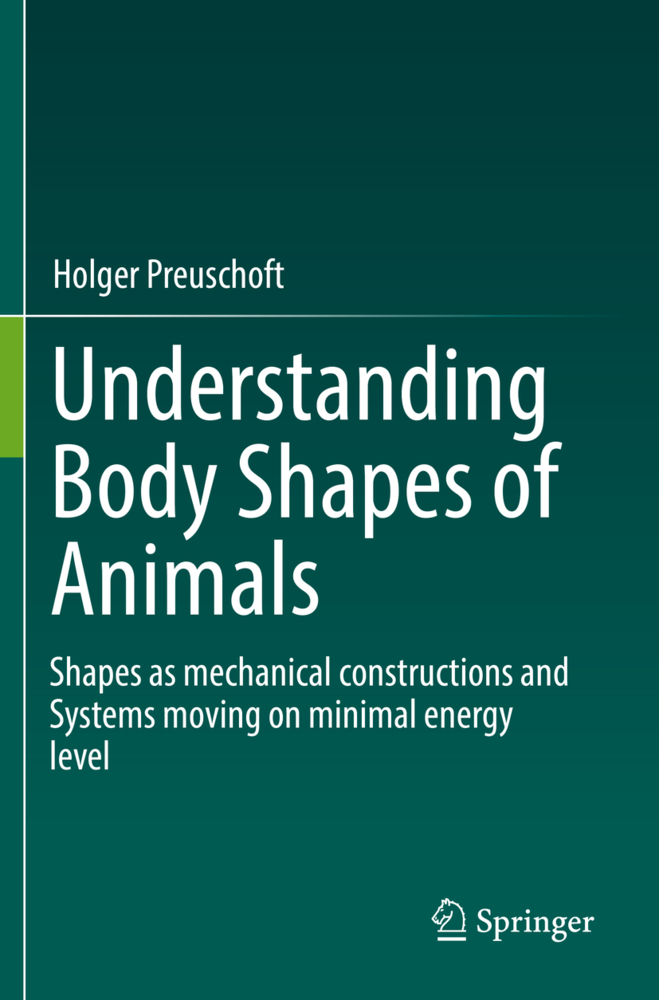The Efferent System of Cranial Nerve Nuclei: A Comparative Neuromorphological Study
The Efferent System of Cranial Nerve Nuclei: A Comparative Neuromorphological Study
A new approach using comparative neuromorphology is taken inthis study dealing with the organization of the efferentnuclei of cranial nerves. The authors use the cobaltlabelling technique to identify neuron types and followtheir presence, or absence, in different animal species.They suggest a new classification which is free from anumber of controversies inherent in the classicalclassification. The results suggest that evolutionarychanges in the center and in the innervated peripharyparallel each other with increasingly complex function.
1.2 The Classification of Cranial Nerves
1.3 Inconsistencies and Contradictions in the Classification of Cranial Nerves
2 Materials and Methods
3 The Hypoglossal Nucleus: The Appearance of the Muscular Tongue
3.1 Frog
3.2 Lizard
3.3 Rat
3.4 Conclusion
4 The Control of Patterned Eye Movements: The Oculomotor, Trochlear, and Abducens Nuclei
4.1 The Positions of the Eye Moving Nuclei and the Organization of Muscle Innervation
4.2 Neuronal Morphology in the Eye Moving Nuclei
4.3 Conclusion
5 The Protection of the Eye: The Accessory Abducens Nucleus
5.1 The Position of the Accessory Abducens Nucleus
5.2 The Neuronal Morphology in the Accessory Abducens Nucleus
5.3 The Function of the Accessorius Abducens-Retractor Bulbi System
5.4 Conclusion
6 Control of Jaw Movements and Facial Expression: The Trigeminal and Facial Nuclei
6.1 The Primary Mandibular Joint and Its Muscles
6.2 The Secondary Mandibular Joint and Its Muscles
6.3 The Control of Movements at the Primary Mandibular Joint: The Amphibian and Sauropsidian Trigeminal and Facial Nuclei
6.4 The Control of Movement at the Secondary Mandibular Joint: The Mammalian Trigeminal Nucleus
6.5 The Control of Facial Expression: The Mammalian Facial Nucleus
6.6 Conclusion
7 The Muscles of the Middle Ear
7.1 The Central Innervation of the Tensor Tympani
7.2 The Central Innervation of the Stapedius
7.3 Conclusion
8 Deglutition and Phonation: The Ambiguus Nucleus
8.1 The Innervated Periphery
8.2 The Structure and Cytoarchitecture of the Ambiguus Nucleus
8.3 Conclusion
9 The Control of Head Movements: The Accessory Nerve Nucleus
9.1 The Periphery
9.2 The Accessory Nerve
9.3 The Topography and Cytoarchitecture of the Accessory Nerve Nucleus
10 Neurons of the Cranial Parasympathetic Outflow
10.1 The Edinger-Westphal Nucleus and Ciliary Ganglion System
10.2 The Medullary Parasympathetic Outflow
10.3 Conclusion
11 General Conclusions
11.1 The Arrangement of Cranial Nerve Motor Nuclei
11.2 Comments on the Morphological Classification
11.3 Trends in the Evolution of Cranial Nerve Nuclei
11.4 Corollary Considerations
11.5 Summary
References.
1 Introduction
1.1 Theories Regarding the Evolution of the Head1.2 The Classification of Cranial Nerves
1.3 Inconsistencies and Contradictions in the Classification of Cranial Nerves
2 Materials and Methods
3 The Hypoglossal Nucleus: The Appearance of the Muscular Tongue
3.1 Frog
3.2 Lizard
3.3 Rat
3.4 Conclusion
4 The Control of Patterned Eye Movements: The Oculomotor, Trochlear, and Abducens Nuclei
4.1 The Positions of the Eye Moving Nuclei and the Organization of Muscle Innervation
4.2 Neuronal Morphology in the Eye Moving Nuclei
4.3 Conclusion
5 The Protection of the Eye: The Accessory Abducens Nucleus
5.1 The Position of the Accessory Abducens Nucleus
5.2 The Neuronal Morphology in the Accessory Abducens Nucleus
5.3 The Function of the Accessorius Abducens-Retractor Bulbi System
5.4 Conclusion
6 Control of Jaw Movements and Facial Expression: The Trigeminal and Facial Nuclei
6.1 The Primary Mandibular Joint and Its Muscles
6.2 The Secondary Mandibular Joint and Its Muscles
6.3 The Control of Movements at the Primary Mandibular Joint: The Amphibian and Sauropsidian Trigeminal and Facial Nuclei
6.4 The Control of Movement at the Secondary Mandibular Joint: The Mammalian Trigeminal Nucleus
6.5 The Control of Facial Expression: The Mammalian Facial Nucleus
6.6 Conclusion
7 The Muscles of the Middle Ear
7.1 The Central Innervation of the Tensor Tympani
7.2 The Central Innervation of the Stapedius
7.3 Conclusion
8 Deglutition and Phonation: The Ambiguus Nucleus
8.1 The Innervated Periphery
8.2 The Structure and Cytoarchitecture of the Ambiguus Nucleus
8.3 Conclusion
9 The Control of Head Movements: The Accessory Nerve Nucleus
9.1 The Periphery
9.2 The Accessory Nerve
9.3 The Topography and Cytoarchitecture of the Accessory Nerve Nucleus
10 Neurons of the Cranial Parasympathetic Outflow
10.1 The Edinger-Westphal Nucleus and Ciliary Ganglion System
10.2 The Medullary Parasympathetic Outflow
10.3 Conclusion
11 General Conclusions
11.1 The Arrangement of Cranial Nerve Motor Nuclei
11.2 Comments on the Morphological Classification
11.3 Trends in the Evolution of Cranial Nerve Nuclei
11.4 Corollary Considerations
11.5 Summary
References.
| ISBN | 978-3-540-56207-8 |
|---|---|
| Artikelnummer | 9783540562078 |
| Medientyp | Buch |
| Copyrightjahr | 1993 |
| Verlag | Springer, Berlin |
| Umfang | X, 92 Seiten |
| Abbildungen | X, 92 p. 13 illus. |
| Sprache | Englisch |











